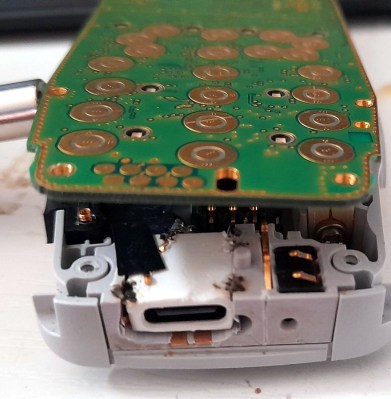We take it for granted that we almost always have cell service, no matter where you go around town. But there are places — the desert, the forest, or the ocean — where you might not have cell service. In addition, there are certain jobs where you must be able to make a call even if the cell towers are down, for example, after a hurricane. Recently, a combination of technological advancements has made it possible for your ordinary cell phone to connect to a satellite for at least some kind of service. But before that, you needed a satellite phone.
On TV and in movies, these are simple. You pull out your cell phone that has a bulkier-than-usual antenna, and you make a call. But the real-life version is quite different. While some satellite phones were connected to something like a ship, I’m going to consider a satellite phone, for the purpose of this post, to be a handheld device that can make calls.




















